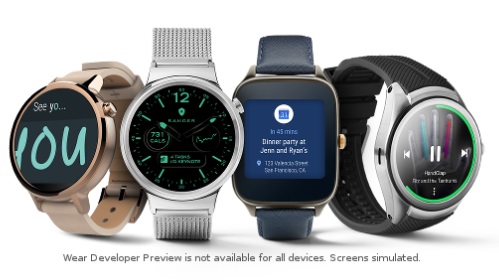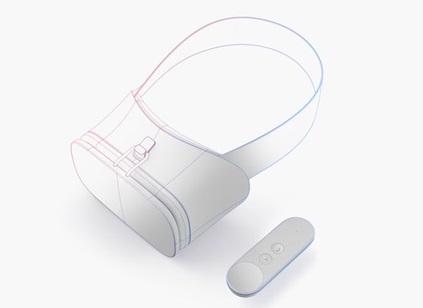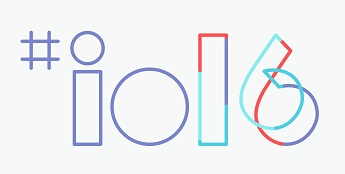This year’s Google I/O conference saw the internet giant unveil a raft of new platforms and features. We look back at the top nine announcements from the event, from smart homes to streaming apps…
A second look at Android N
Android N has come some way since its developer preview in March, which showcased split-screen multitasking, a quick settings buttons, and a new set of emojis. At I/O Google released a new beta and showed off more of the new operating system. New features include more control over notification size from different apps and a new picture-in-picture mode. Meanwhile, a new API called Vulkan lets developers directly control a phone’s GPU for sharper 3D graphics. Google has launched a crowdsourced contest to decide what N will stand for (Noaty McNoatFace anyone?)
Android Wear 2.0

Android Wear has undergone a major revamp, with a notification-focused, but it delivers them in a way that’s less disruptive to your newly useful, complication-equipped watch face. Most importantly, Android Wear 2.0 aims to help your smartwatch become more autonomous. Google says that watches equipped with the new version will need to rely less on smartphones and cellular connections, freeing up users to be more active without lugging their phones around. Features like automatic exercise recognition and better third-party app syncing should help this, too.
Android Auto revs up

Google’s in-car connected system Android Auto also got a mojor overhaul, with Waze, a standalone app, hotword support and Wi-Fi projection. The phone version loads up big, chunky buttons with a simpler UI that should be easier to use while driving. On the Android Auto home screen, the navigation bar changes to an Android Auto-style app switcher with Maps, Music, and Phone icons. When you’re not on the home screen, the navigation bar changes to show Back and Home icons. Notifications appear as huge, full-screen pop-ups with large, simple text strings. As a car infotainment system, Android Auto is subject to regulations from the National Highway Traffic Safety Administration (NHTSA), but the phone interface isn’t.
Android Instant lets you use apps without downloading them
The best feature of Google’s Android N is probably instant apps. This feature allows users to quickly “stream” parts of an app without downloading the thing. So for example, in my restaurant case: instead of having to download the app from the Google Play store, then back out to my home screen to open the app, then sign up, etc, I could click on a link provided by the restaurant and immediately go to a pop-up page that is part of the app and sign up there.
A smart speaker for the smart home
The company announced a new home assistant called Google Home, a small speaker with always-listening microphones that integrates into a broad range of services. The assistant is similar to Alexa, the artificial intelligence voice assistant powering Amazon Echo, which has surged in popularity in recent months. Home is built on the Chromecast standard, which lets it push media to other Cast-compatible speakers and screens, change temperature or lighting through Nest devices, and integrate with services like Spotify. Read more about Google Home here.
AI gets talkative with Allo chatbot

Google Now is great for getting information, but unlike Siri and Cortana it’s not great with the small talk. To meet this demand, Google is making a new AI-powered foray into messaging with Allo. The mobile-only app integrates with the Google Assistant. Google also stressed the privacy aspects to Allo. All messages in Allo are encrypted, but Allo also has an incognito mode, encrypting messages end-to-end. It also has private notifications and expiring messages.
Google’s VR platform of the future: Daydream
Daydream is an Android-based virtual reality initiative that, unlike Cardboard, will run only on new phones that have been certified by Google. The biggest limitation for Daydream seems to be that it will only work on new phones that have special sensors and screens. Daydream is built on top of Android N. That means it’s not going to compete with the likes of the PC-powered HTC Vive or Oculus Rift (at least not yet, anyway), but looks much more powerful than Cardboard and represents a huge step in the push to advance VR out of its early stages.
Google’s first (non-cardboard) VR headset

Google showed off a reference design for a smartphone-powered VR headset that looks a lot like a smaller, cordless Oculus Rift, that works with a motion controller with a touchpad. Along with Daydream, Google is providing companies with a backbone of software while pointing them in a particular direction on the hardware side.
Facetime rival Duo introduced
Duo is a video chatting app that is dedicated to a video-only experience, much like the way Apple divides up Facetime and iMessage. Much like Snapchat, when you open the app you’re presented with a selfie-cam video preview of yourself — which is important, because when you pick who you want to call, a feature called “Knock Knock” allows the person you’re calling to see a video preview of you before they even answer.Duo, like Allo, will be available on both Android and iOS this summer.
Watch the I/O keynote in full below:

